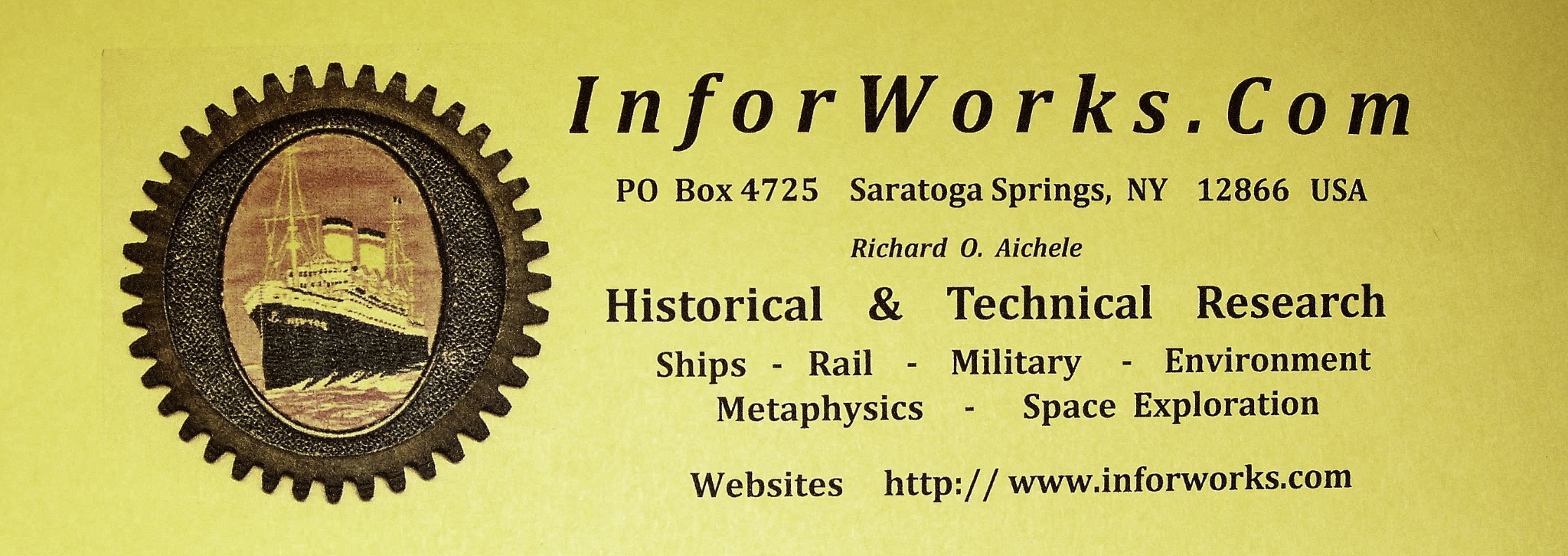
Copyright 2022 by Richard O. Aichele and InforWorks.com
Vintage Art and Innovations |
The 20th Century was a dynamic era. The eras artifacts are increasingly collectible.
Maritime art in the first part of the 20th Century emphasized technical innovations and encouraged travel. The prints of the Dixie, Aquitania, Mauritania and St. Louis once hung in New York City travel agencies. Items similar to these are collectible, antique and may be available for purchase from various sources. The items shown on this website are currently available. Contact rottoa@gmail.com bt Email for details. |
S.S. Dixie Framed image measures 20 x 24 inches
The S.S. Dixie was a 12,440 ton, 445 ft. long passenger and cargo vessel built at the Federal Shipbuilding & Dry Dock Company in Kearny, N.J. and launched July 29, 1927. The S.S. Dixie, was owned by the Southern Pacific Company's Morgan Line and connected with the Southern Pacific Railroad's popular passenger trains from the west coast at New Orleans. The route offered travelers a popular railroad - passenger ship combination for trans-continental journeys. The S.S. Dixie made the trip between New Orleans and New York in five days northbound and six days southbound offered passengers "a veritable sightseeing trip at sea with much of the Atlantic coast visible from the ship." |
R.M.S. Mauritania 2 Framed image measures 24 x 30 inches
The R.M.S. Mauritania 2 was built by Cunard in 1938 for the trans-Atlantic service replacing the older Mauritania. After five years as a troop ship, it became a passenger liner again until being retired in 1966. |
The Dollar Line Framed image measures 24 x 30 inches
The Dollar Line, legally called the Dollar Steamship Line, began in the 1800s. In the 1920s it offered five services in one — Round-the-World, Intercoastal, Trans-Pacific, Orient-European, and Trans-Atlantic aboard its President Liners class ships. Those ships had "distinctively higher standard of luxury, comfort, and convenience with a standard designed to meet the requirements of ocean voyagers." |
Aquitania Framed image measures 26 x 40 inches
The Aquitania of the Cunard Line built in 1914 was the last of the famous "four funnel liners" on the Atlantic. Passenger service as a luxury liner was delayed by World War 1 until 1919 and interrupted again by World War 2. Service as a premier Atlantic passenger liner continued until her retirement in 1950. Technically, the 45,647 gross ton ship was 901 feet long, was powered by steam turbines and the quadruple propellers provided a 23 knot service speed for the 3,230 passengers sailing on the Southampton - New York City route. |
S.S. St. Louis Framed image measures 30 x 48 inches
The launching of the St. Louis at the William Cramp & Sons Building & Engine Company, Philadelphia in November 1894 was attended by wife of President Grover Cleveland. In 1895, the ship made its maiden voyage from New York to Southampton, England flying the flag of the American Line and sailed on that route until 1898 when, during the Spanish-American War, it was acquired by the U.S. Navy. She returned to trans-Atlantic passenger service until 1918 when she was again acquired by the U.S. Navy for two years. In 1920, while being reconverted again to peacetime passenger service she burned at the shipyard. The St. Louis' civilian and military service times included many notable historical achievements. |
R. M. S. Queen Mary Image measures 4 x 18 inches
|
The Last Vision Framed image measures 30 x 48 inches
The Last Vision dated 1914 was the first year of World War 1 also known as The Great War. The artwork is a somewhat romantic, idealistic view of after a battle. By 1918, the last year of the war, the last visions of soldiers were dramatically different. |
Art and the 20th Century's Railroads Art was an important tool for the railroads in the early 1900s to promote their ability to transport people and freight. Illustrations of scenic views of the railroads' routes combined with illustrations of their impressive locomotives caught the publics attention. The expansion of photography, brought about by new camera and film technologies developed for military use during World War 1, became a new great artistic tool. That coincided with a rapid expanion of many railroad technologies. Advertising opportunies existed everywhere. Wall calenders plus covers on dining car menus and timetables covers promoted positive images of the railroads and travel. |
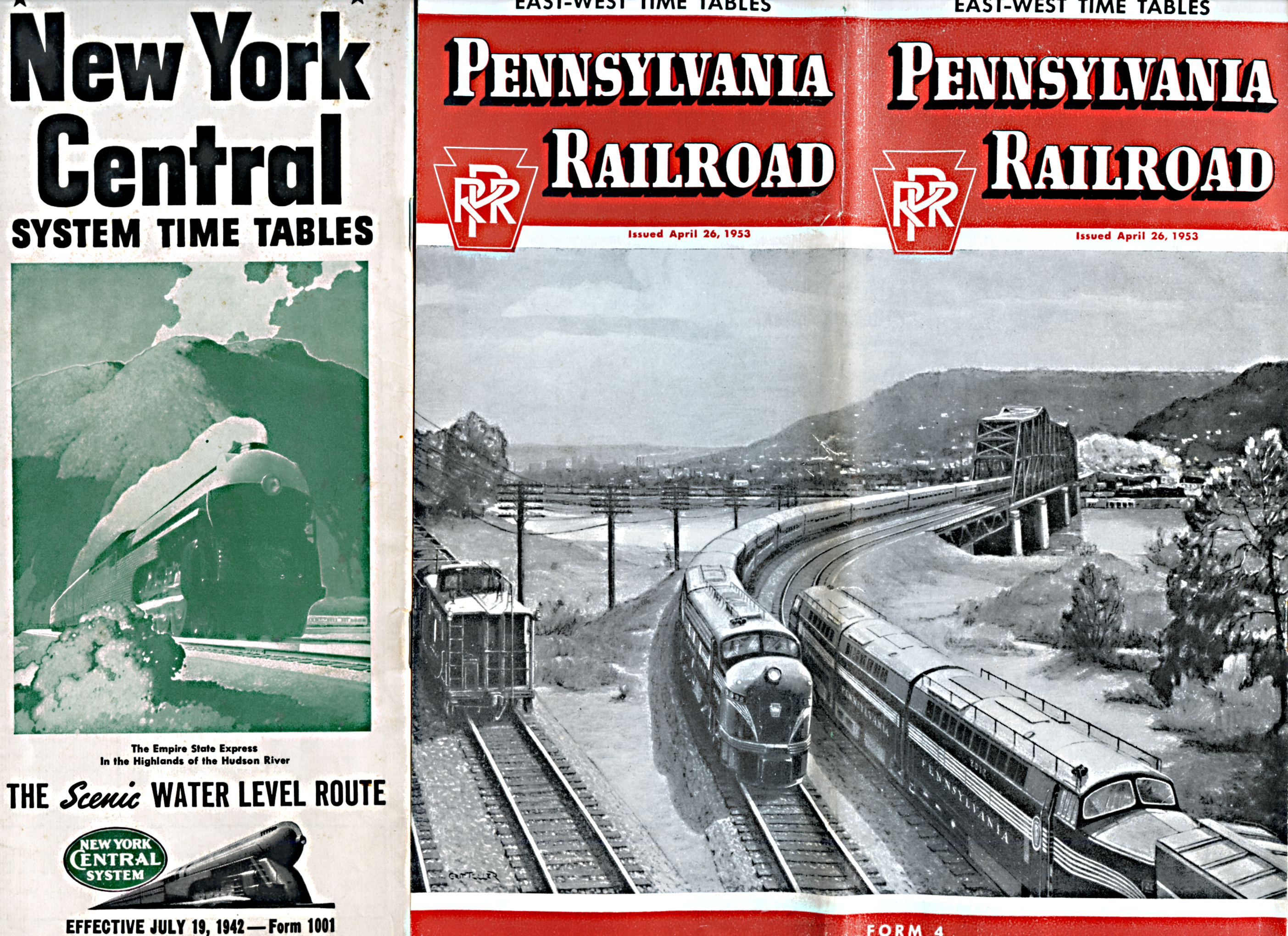
| 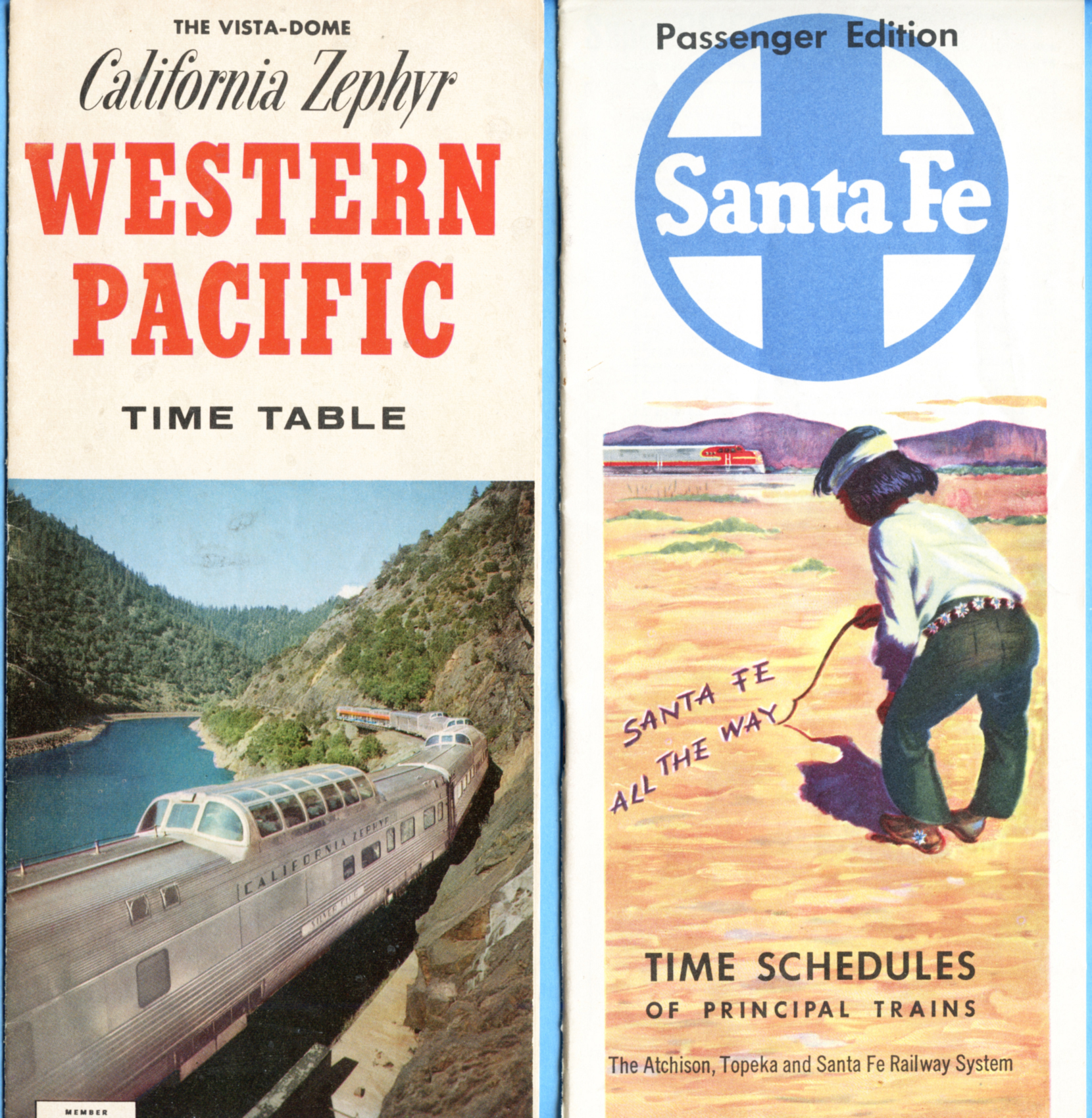 |
|
|
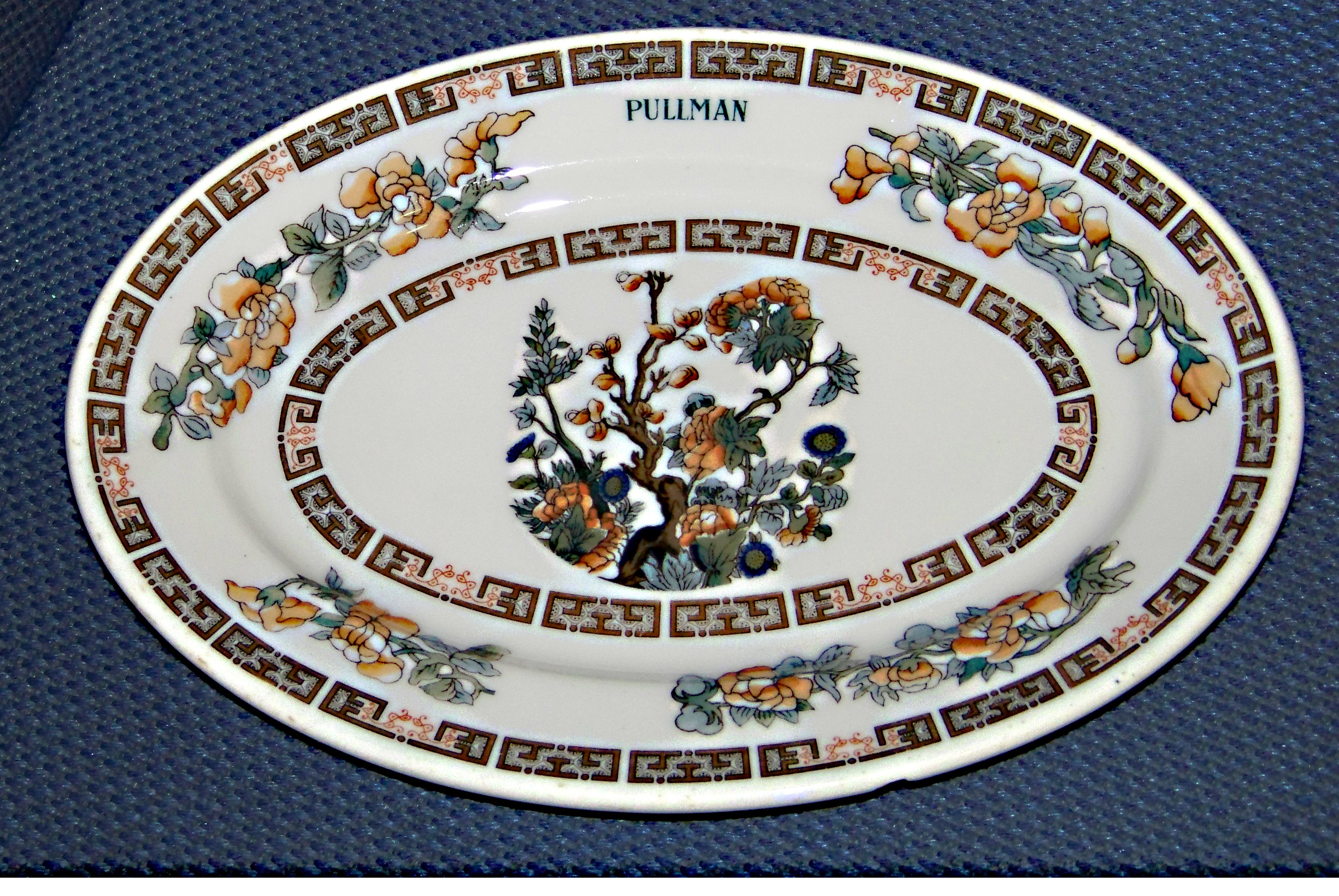
| 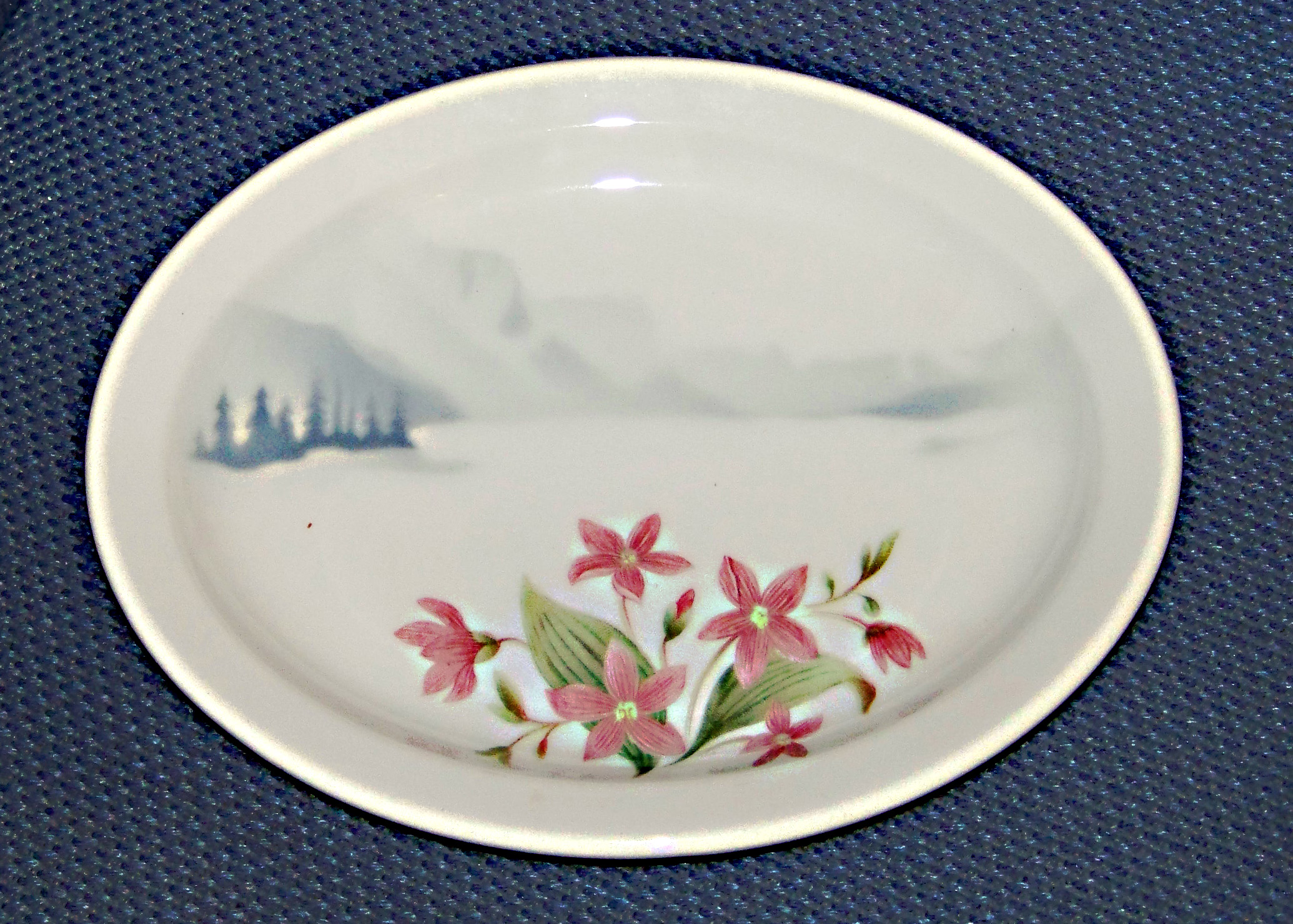 | |
Pullman Company platter | Great Northern Railway platter |
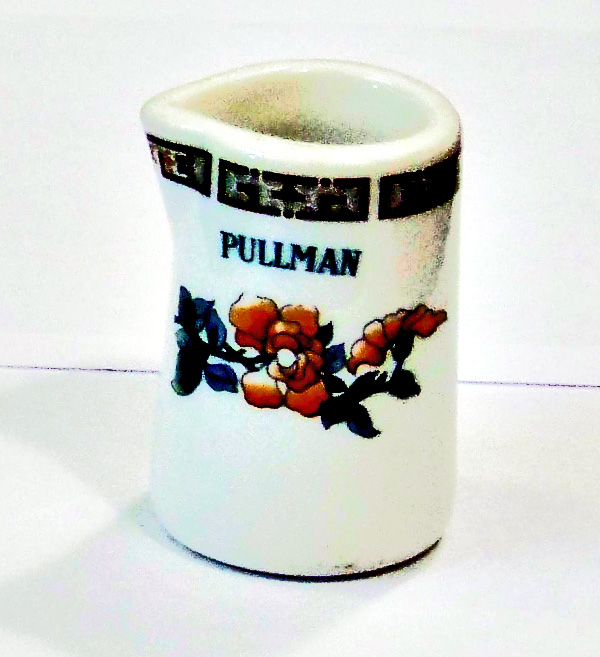
| 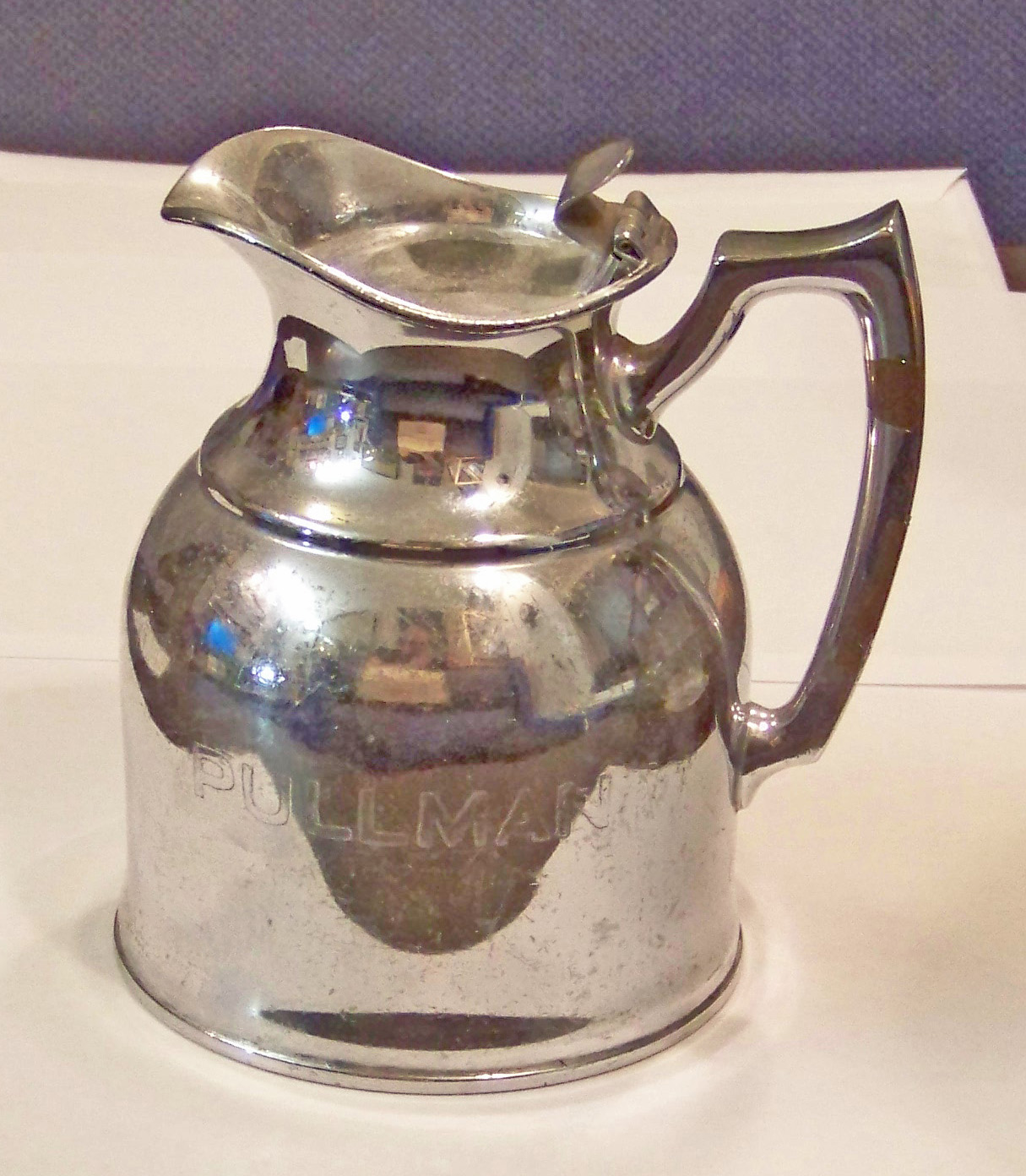 | |
Pullman Creamer | Pullman Coffee Pot |
InforWorks.com P.O. Box 4725, Saratoga Springs, NY 12866 USA Copyright 2022. Website by Richard O. Aichele Your coments are welcome. . Email rottoa@gmail.com |